For unknown photos:
Start a Flickr album of unknowns and give it as many tags as you can and maybe people will find their family on a Google search. There are also websites that post unknown photos. My cousin had her dad’s WWII photos. I scanned them all and uploaded to Flickr, and contacted the alumni associations of the unit and campaign, and shared the links.
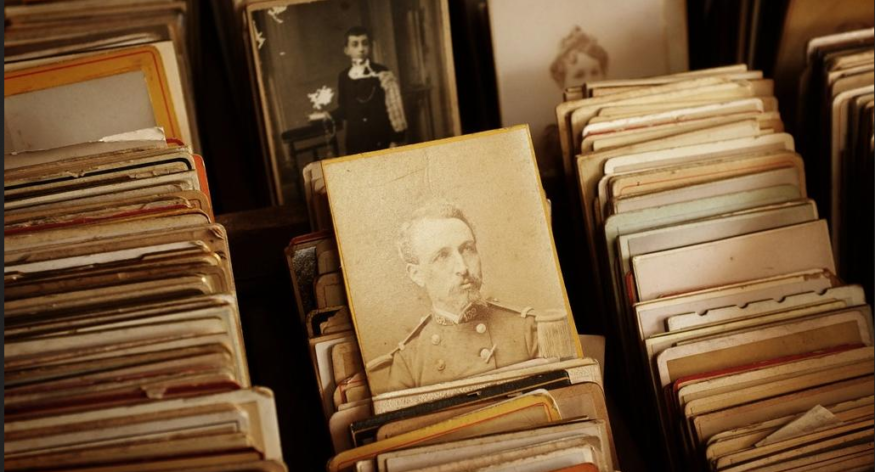

Your grandmother had one.
So did your mother.
I’ll bet you also have one.
At the back of a high closet shelf, in the basement, in the attic, you have some kind of a container. It may be an old metal box that held cookies a lifetime ago, an old shoebox or hatbox, a modern plastic container with a snap-on lid, or even a handy-dandy sealed plastic bag stuck in a drawer.
The contents may include dried flowers, holiday and life-cycle cards, and many old photographs. If this is your personal collection, you’ll likely know who the people were and when the image was taken. That’s good.
However, these treasured possessions may have belonged to your great-grandmother. She – if you are very fortunate – may have written lightly in pencil on the back. The lady in the strange hat is Cousin Helen, you read, but you’ve never heard of anyone with that name.
If you are even luckier, the inscription may indicate that it’s a holiday gift from “your dear brother in London.” You’ve never heard of anyone who had a brother in London.
If your relative was somewhat obsessive, he or she may have recorded the names, dates and places on each photograph. In this case, your genealogy colleagues around the world will congratulate you on your good fortune!
More likely, however, the box is filled with old photos – and not one is identified.
Why should they be? Their owner knew who every single person was and how they were related, but their owner’s been gone for 20 years or more. You weren’t interested in family history when they were alive.
In any case, their owner could simply not comprehend that, decades into the future, someone would be interested in these old images and what they represent.
I know my ancestors merely wanted to drive me crazy by saving what seem to be valuable images and not identifying a single person. I am sure they are saying, “Why should I make it easy for her? Let her work at it!”
Let’s hope you will break this chain of unknown images.
Here are some guidelines to help preserve the contents of those old boxes.
First, realize your ancestor did you a great favor by keeping the prints in the dark to avoid fading, even though they may have been stored in unfavorable conditions in garage, basement or attic. In the old days, when pencil was used more than today, those inscriptions on the back did not eat away at the photos.
Many late 1800s-early 1900s photos are in good condition because they were carefully developed, but many modern 1950s-1970s photos have discolored, turning magenta, as a result of low-quality machine processing.
Electronic media is always under discussion. Life expectancy of these is a matter of uncertainity. How many people do you know with old reel-to-reel tape recorders, Beta videos or eight-track tapes?
Experts advise scanning old photos onto CDs, flash drives for back-up, and also having a professional photographer make negatives from the images. Of course, the best way to preserve and transmit them, is to upload all those photos to your MyHeritage family site and share them with your relatives. They may even have the same images, but their grandmother or great-aunt actually wrote the names on the back!
Do’s and Don’ts
–Never glue down a photo; never use tape, except for special archival tape.
–Never use an album with adhesive pages, where photos are placed on an adhesive backing, and covered with a plastic sheet. It is impossible to remove them without major damage. Scan pages if possible, take digital shots, or ask a professional photographer to copy individual photos.
–Never write on the photo back with a ballpoint, hard pen or hard pencil. Use a very soft pencil, write lightly, or use a special soft-point pen. Never write on the front, or circle a person in a group! Use a tissue paper overlay and write names on that.
–Black-and-white prints have longer lives, especially if protected from light. Discolored, faded modern prints may be scanned; color adjustment may be possible.
–Old slides with glass covers retain humidity and condensation. Mold and fungus produce black spots. Scanning can save the best; copy to CDs or post them online.
–Work with CDs, scans and photocopies of images; keep the originals out of the light.
–As your research proceeds and you find more family, share your photos and ask to see theirs. They may have the same photograph but details may have been recorded on their copies.
How can you tell the year or place of an old photograph?
Old photos (19th-century) generally are mounted on a card with the photographer’s name and address. That’s one clue. The photographic process used gives dating hints, and clothing details, interior decorations or hair styles offer more information.
The Library of Congress offers a great resource on reading and researching photographs. The City Gallery also offers information on using photos in genealogy research, with a helpful resource on dating photos here.
There are also books with dated photographs arranged by decade to compare images by details, such as “More Dating Old Photographs 1840-1929.” The introduction, by expert Maureen Taylor, provides details on photographic processes, papers, formats, clothing (sleeves, buttons, collars, neckware, etc.) and hair styles for men, women and children.
What have you discovered in your old photos? Let us know in the comments below.

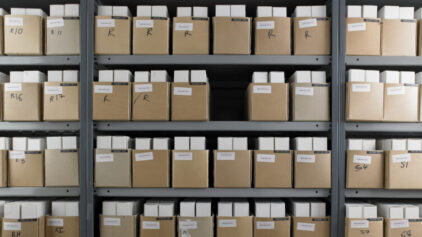
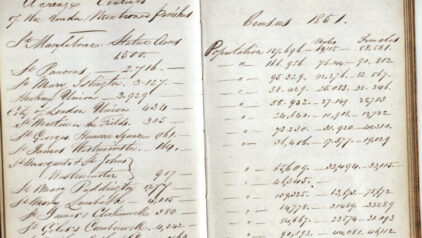
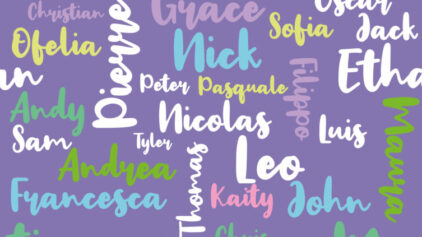



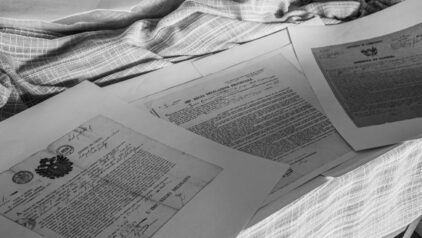
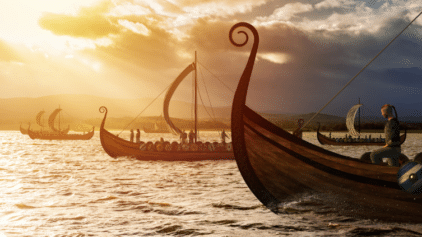
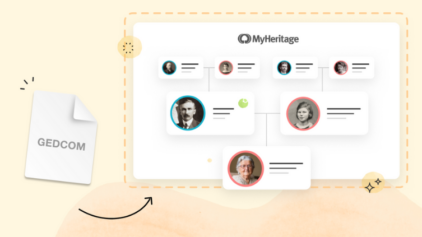
Robin G
January 8, 2018
If you get hold of photos in those “magnetic” sticky pages, first copy the whole sheet. I use an Epson flatbed scanner and it’s a workhorse. Then try to lift the photos out gently. Many will fall right off the page. For the ones that won’t, a product called Un-Do is also amazing. Work slowly and carefully. I saved a lot of photos using this, and damaged some too because I didn’t realize they had also been glued onto the magnetic page! For those, I eventually learned to soak the whole page in water which will soften the glue. Lay the wet photo on a fine mesh screen and put some archival plastic on top, and then weight that down to keep the photo from wrinkling. Sometimes just drying it on the mesh is enough. I then sort photos by date (if known or I can guess) or event) and store them in archival envelopes.